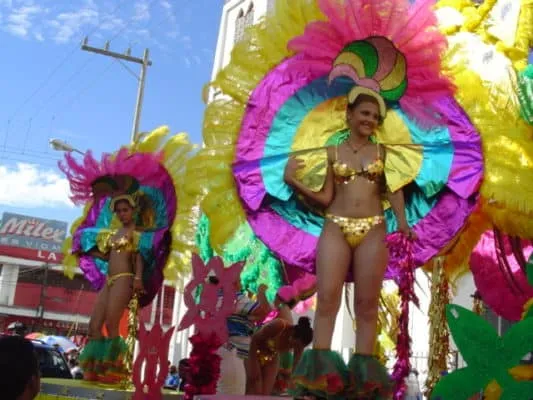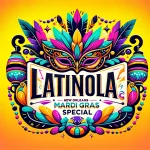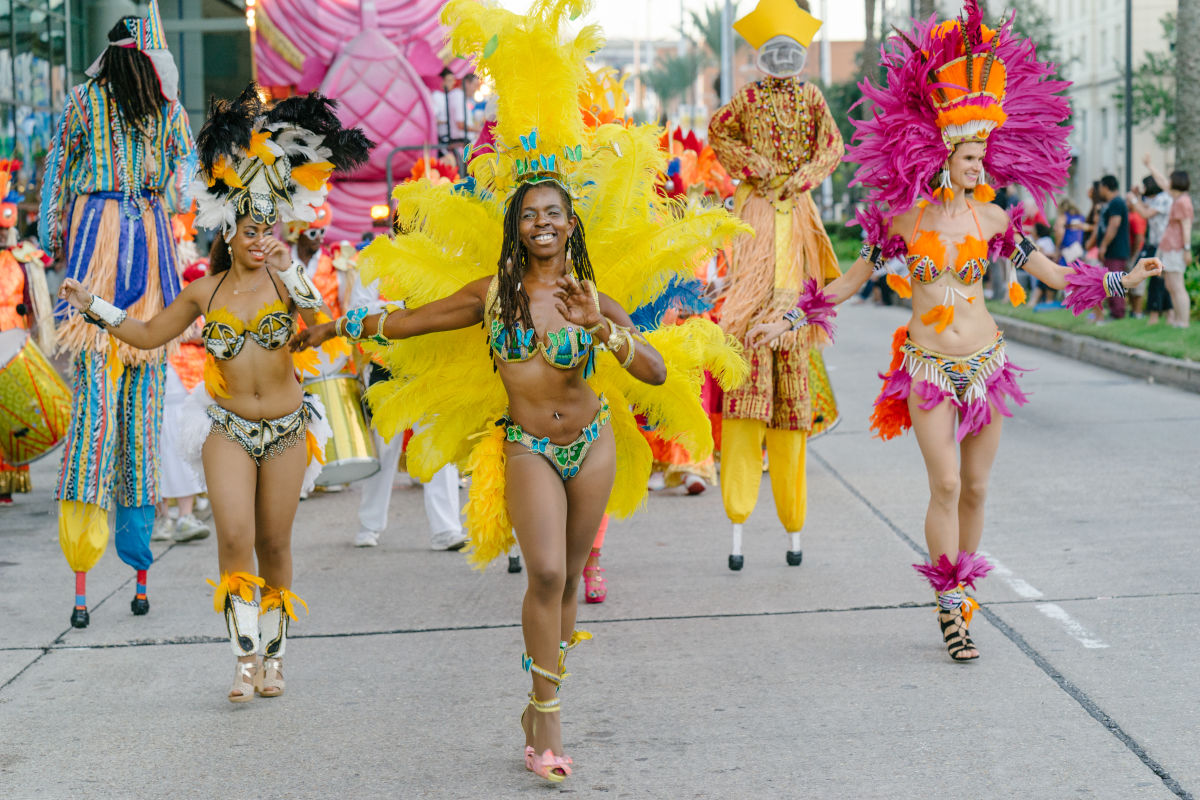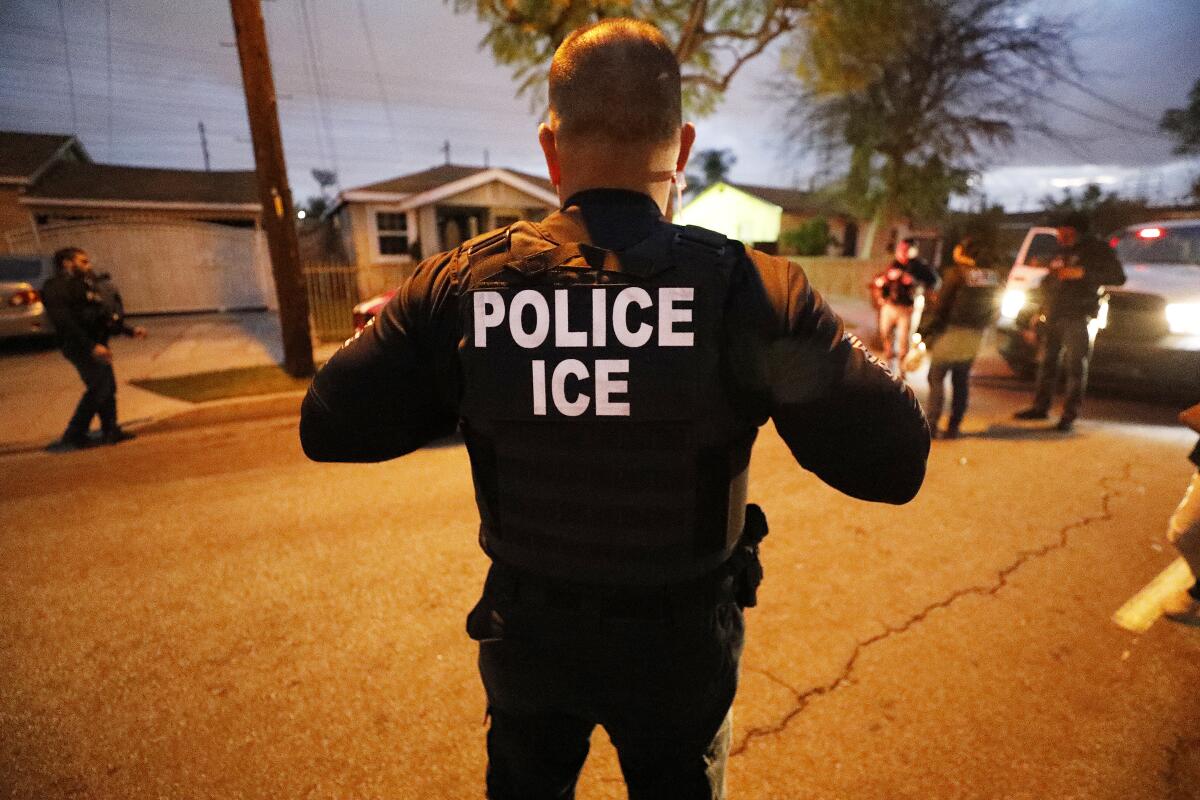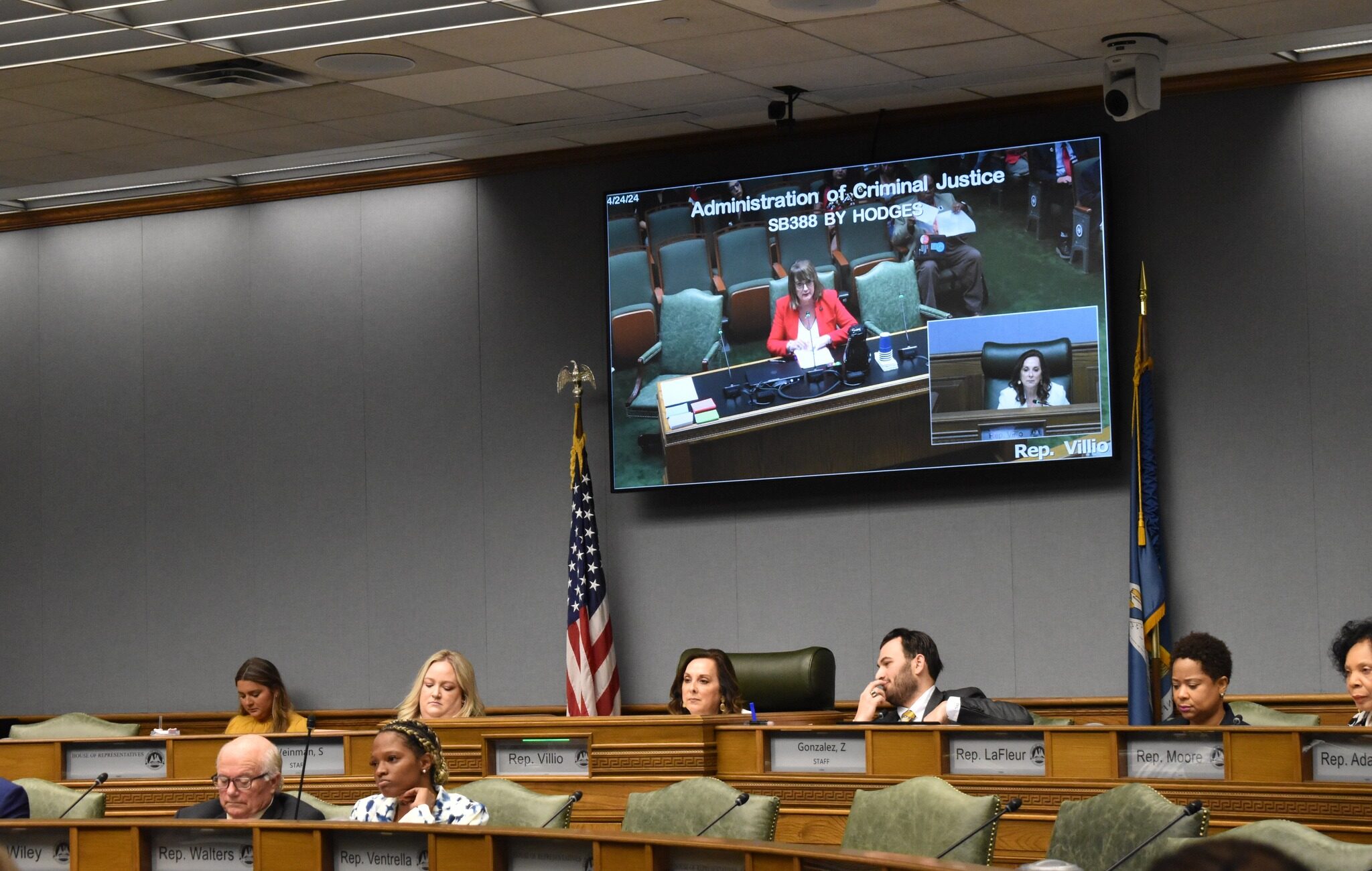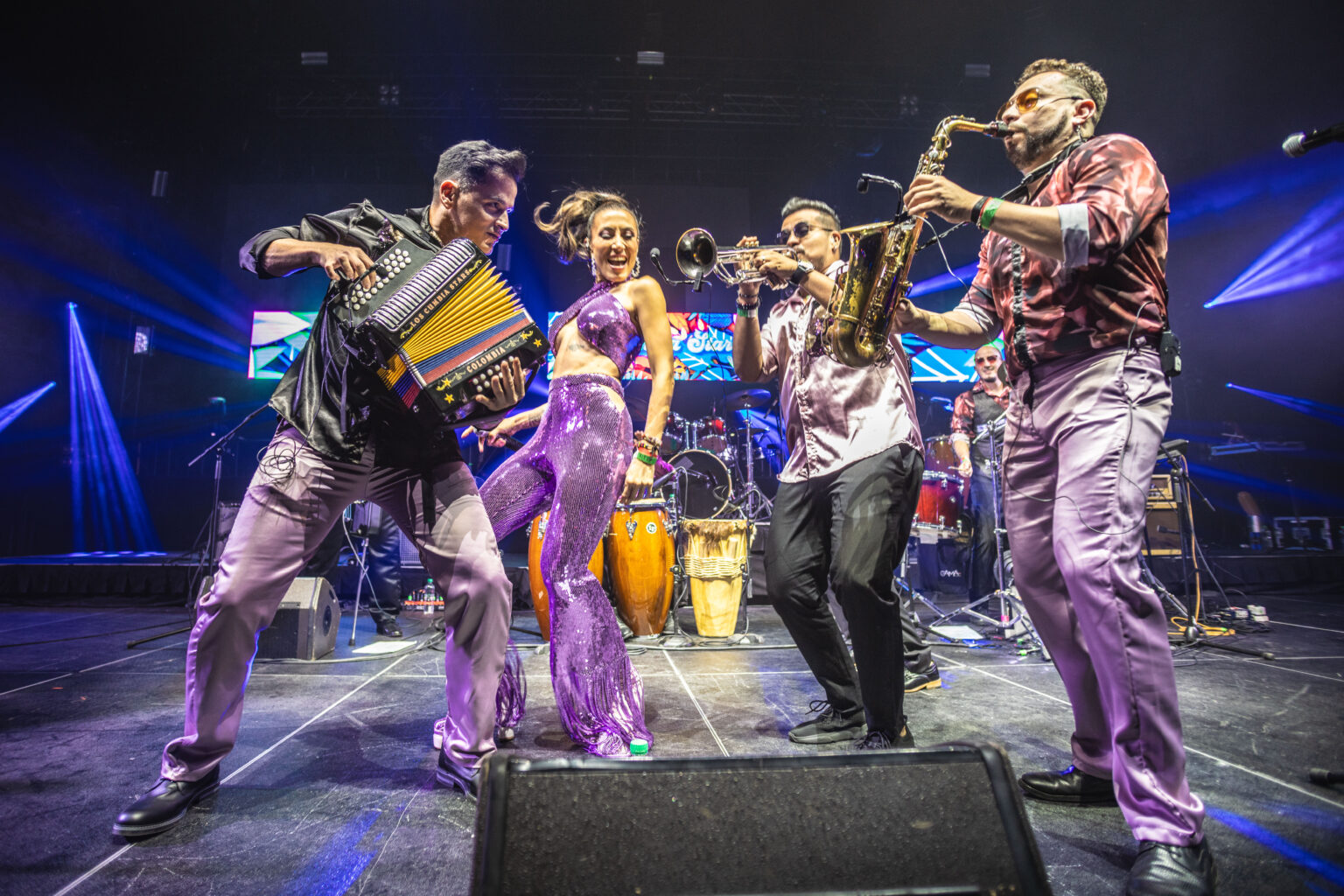If you’re familiar with the Mardi Gras festivities in your home country, you know it’s a holiday filled with flamboyant costumes, delectable cuisine, live music, and endless dancing. Just like in New Orleans and Venice, Latin American Mardi Gras celebrations are an extravagant spectacle, leaving a lasting impression on all who participate. These festivities are a cultural fusion of traditions that have evolved since their introduction to the Americas by European colonizers.
Let’s explore how eight Latin American countries celebrate Carnival each year!
Colombia
El Carnaval de Barranquilla first emerged after Spanish settlers introduced the festivities to Cartagena. Initially, only African slaves took to the streets, bringing musical instruments, traditional attire, songs, and dance.
Today, Colombian Mardi Gras welcomes over 300,000 attendees from across the nation, celebrating Colombia’s diversity, folklore, and modern art. Barranquilla’s Carnival parade ranks as the second-largest globally and features a unique theme each year.
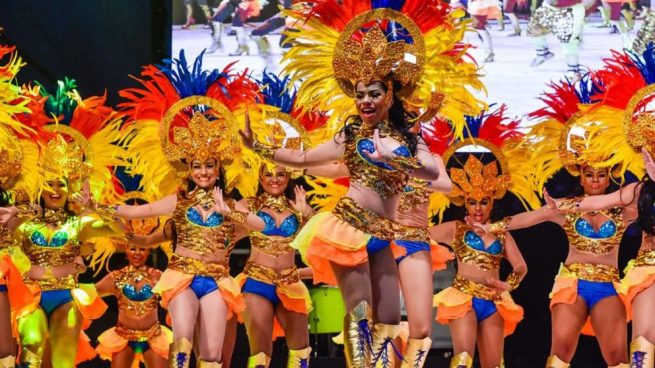
Mexico
Mardi Gras celebrations in Mexico are as diverse as the nation itself. Towns like Mazatlán spotlight Mexican culture and incorporate banda and grupera music into the mix. Mazatlán’s Mardi Gras ranks as the world’s third-largest celebration, drawing thousands of visitors from Sinaloa and neighboring states. The festivities in Mazatlán also include La Velada de las Artes (Evening of the Arts) and the presentation of the prestigious Premio Mazatlán de la Literatura (Mazatlan Award for Literature).
El Carnaval de Mazatlán is renowned for its warm and welcoming atmosphere. On the second day of the festival, attendees participate in the “quema del mal humor” (burning of bad mood) tradition, allowing them to release negative vibes by setting them ablaze before embarking on a week-long celebration. Sinaloenses embrace the philosophy of “hasta que el cuerpo aguante,” meaning they party until their bodies give in.
Other Mexican towns, including Oaxaca, Mérida, Veracruz, and Campeche, embrace the folklore and traditions of different ethnicities and indigenous cultures. Mexican Carnival parades feature costumes resembling Spanish colonizers, Mayan and Aztec characters, and mythical creatures. The celebrations encourage attendees to don costumes and masks, accompanied by live music and an abundance of traditional Mexican dishes.
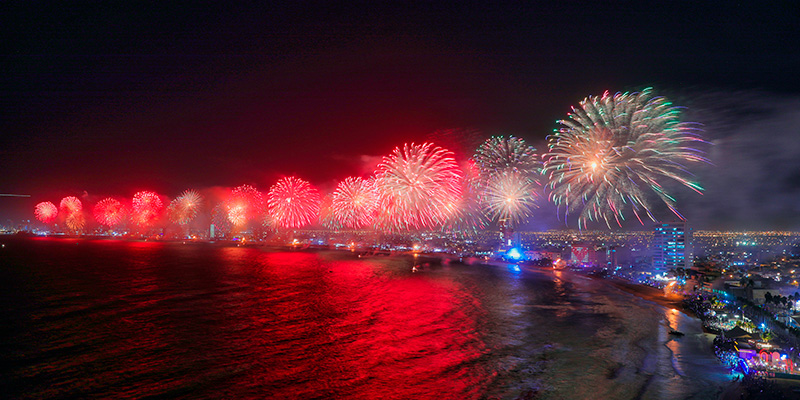
Guatemala
In Guatemala, Mardi Gras celebrations typically commence on Thursday and culminate on Martes de Carnaval. Musical parades take place throughout the country, but the real essence of the celebration lies in the younger generations. It is a tradition for children to wear costumes and create unique handmade “cascarones,” colorful eggshells filled with confetti, known as “pica-pica.”
In the days leading up to Mardi Gras, cascarones are sold on the streets of Guatemala, offering a creative activity enjoyed by many Guatemalan children in schools. The highlight of the celebration is when children crack cascarones on each other’s heads, making it a family-friendly holiday suitable for people of all ages.
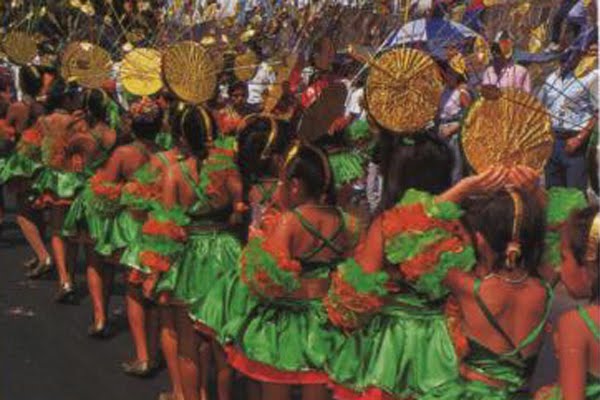
Venezuela
Mardi Gras is celebrated in various regions of Venezuela, with the largest celebration occurring in El Callao. The festivities emphasize Venezuela’s ethnic diversity and feature parades accompanied by Calypso music and emblematic characters known as “los diablos” (the devils) of Callao.
Los diablos represent the mystical and religious aspect of the festival, donning white, red, black, and yellow attire and masks with menacing expressions. Their infectious dance draws everyone into the revelry. In 2016, the Carnival of El Callao was declared Intangible Heritage of Humanity by UNESCO, gaining global recognition.
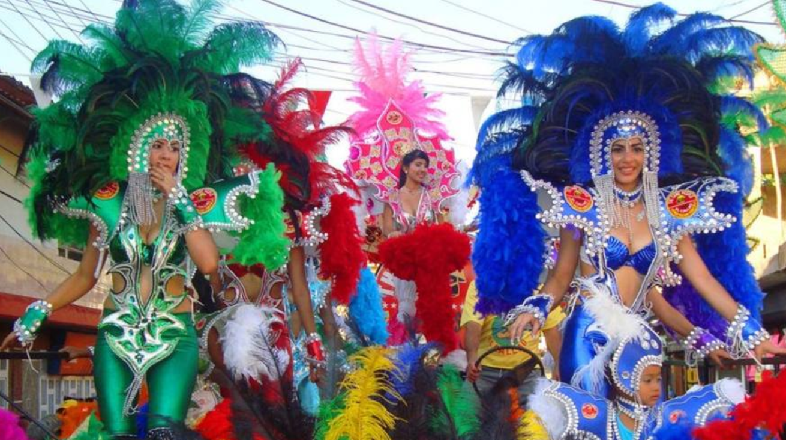
Uruguay
Uruguay boasts the world’s longest Mardi Gras celebrations, commencing on January 21st and lasting for over 45 days, concluding in mid-March. Montevideo hosts comedy shows, theater performances, and costume contests. Mardi Gras holds immense significance for Uruguayans, even featuring a dedicated museum. Those who wish to partake in these events can join dance rehearsals and hone their Samba skills.
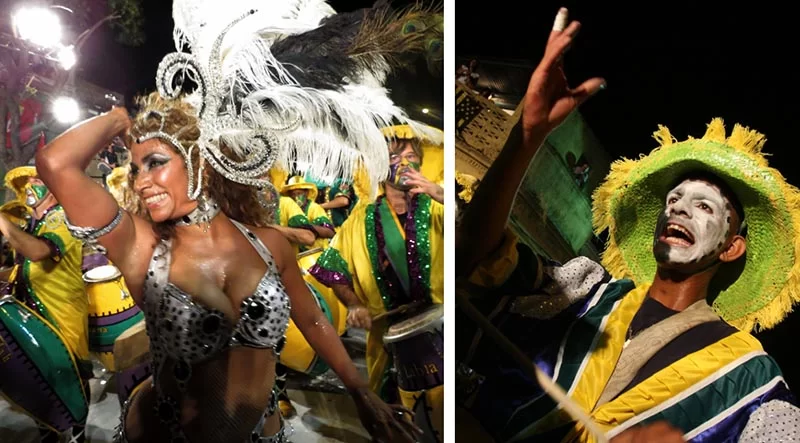
Bolivia
Nestled at an altitude of 3,700 meters above sea level, Oruro in Bolivia hosts the country’s grandest Mardi Gras celebration. Spanning six days, this celebration showcases a diverse array of popular arts, including masks, textiles, and embroidery. The centerpiece of the carnival is the grand procession where dancers strut for twenty hours along a four-kilometer route. El Carnaval de Oruro features more than 28,000 dancers and 10,000 musicians organized into fifty groups. UNESCO recognized it as Intangible Heritage of Humanity in 2001.
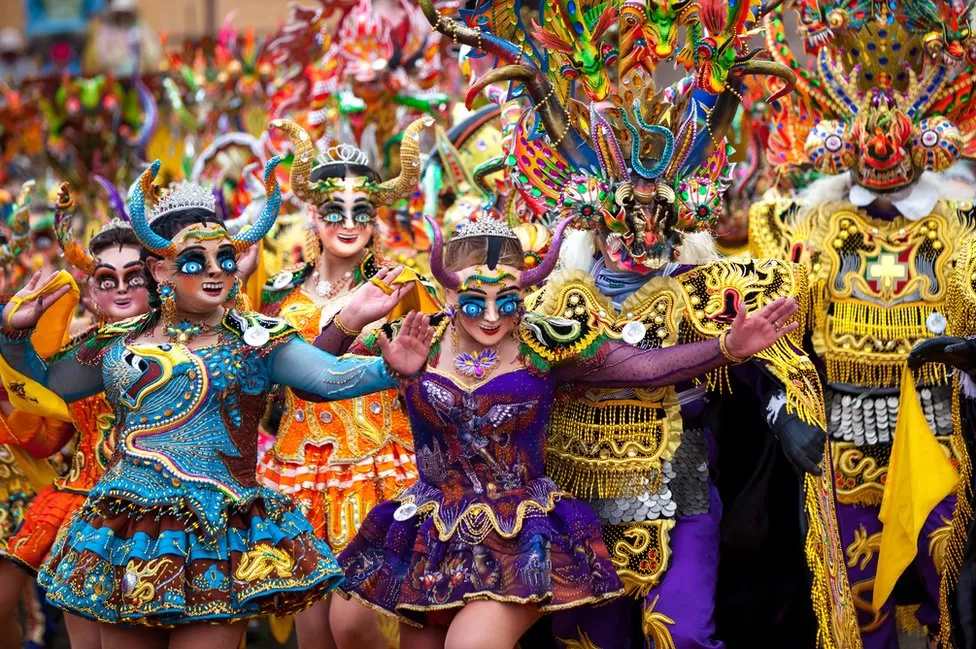
Dominican Republic
Mardi Gras celebrations in the Dominican Republic are a lively affair, with people taking to the streets to revel in good times. These celebrations incorporate a blend of African traditions introduced by slaves transported to the New World by European colonizers.
El Carnaval Dominicano features the “Califé Show,” where participants humorously poke fun at controversial politicians and celebrities, infusing the celebration with playful and entertaining moments. Another intriguing aspect is the tradition of hiding candies for children to discover and simulating the theft of their neighbor’s farm animals.
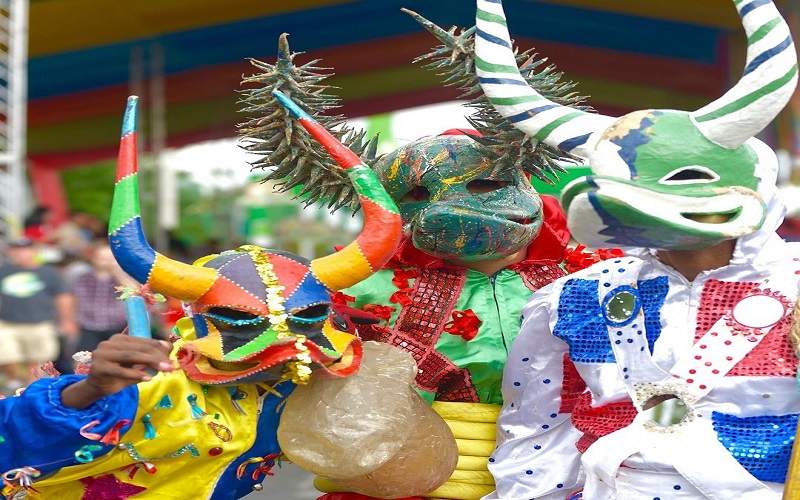
Brazil
No list of Mardi Gras celebrations would be complete without mentioning Brazil. First celebrated in 1840 with polka and waltz dancing, Brazil’s Mardi Gras evolved into a vibrant celebration with Samba as its centerpiece in 1917. The Carnival of Rio de Janeiro is now home to the world’s best Samba dancers and renowned dance competitions.
Mardi Gras in Brazil draws millions of attendees from around the globe. It’s an extraordinary celebration characterized by vivid colors, intricate sequin costumes, mouthwatering cuisine, and impressive parade floats.
As you can see, Carnival in Latin America is a grand affair, continually evolving and expanding. We hope this article provides you with valuable insights into how Latinos cherish this fantastic holiday.
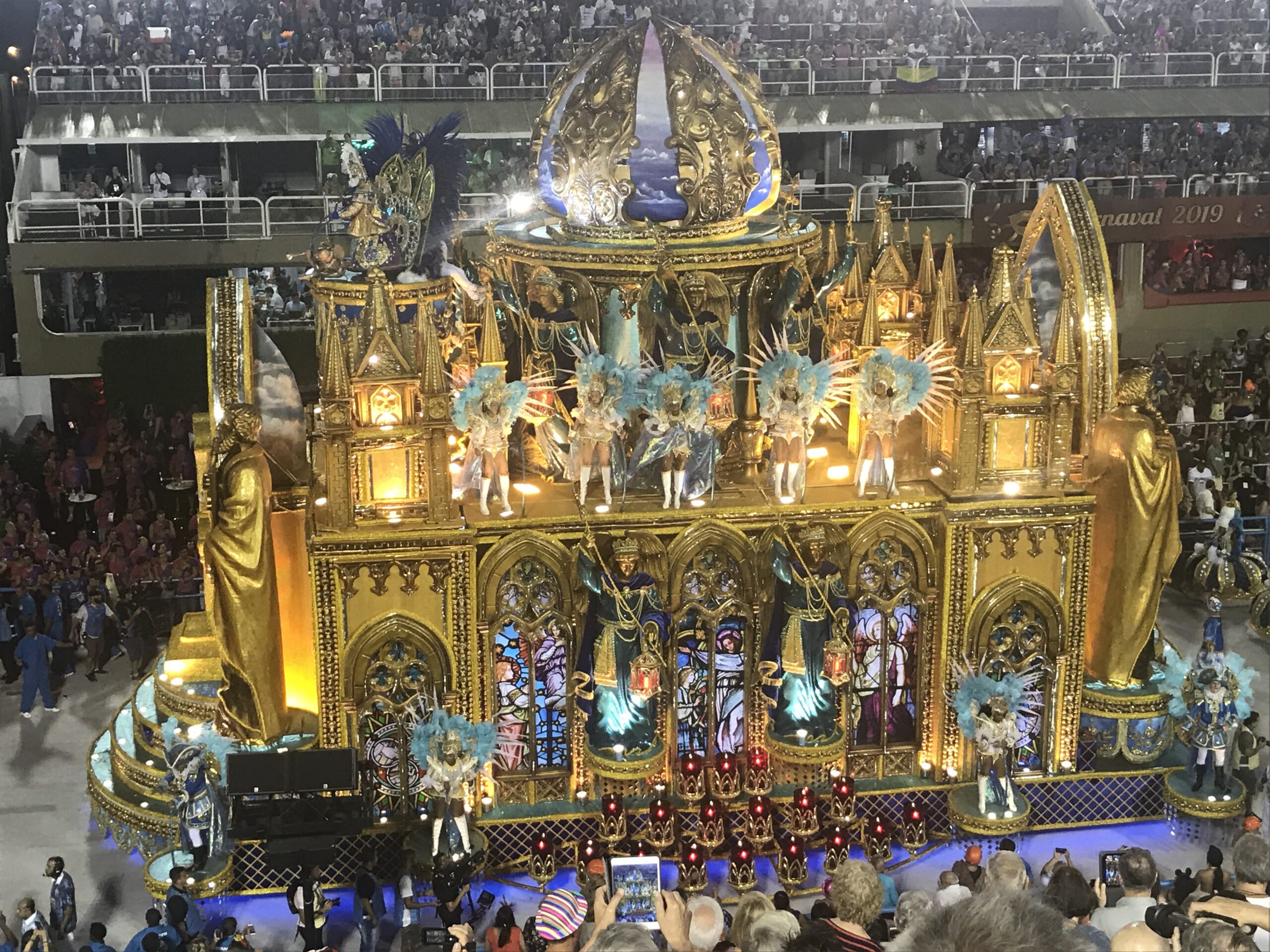
Honduras
La Ceiba, known as the “Carnival Capital of Honduras,” hosts one of the country’s most famous Carnaval celebrations: the “Carnival of Friendship” (Carnaval de la Amistad). This extravaganza is a spectacular fusion of tradition and festivity. It features a vibrant beauty queen competition, where contestants represent different cultures and regions of Honduras. The event also boasts mesmerizing floats, lively music, and a massive street party that keeps spirits high throughout the night.
